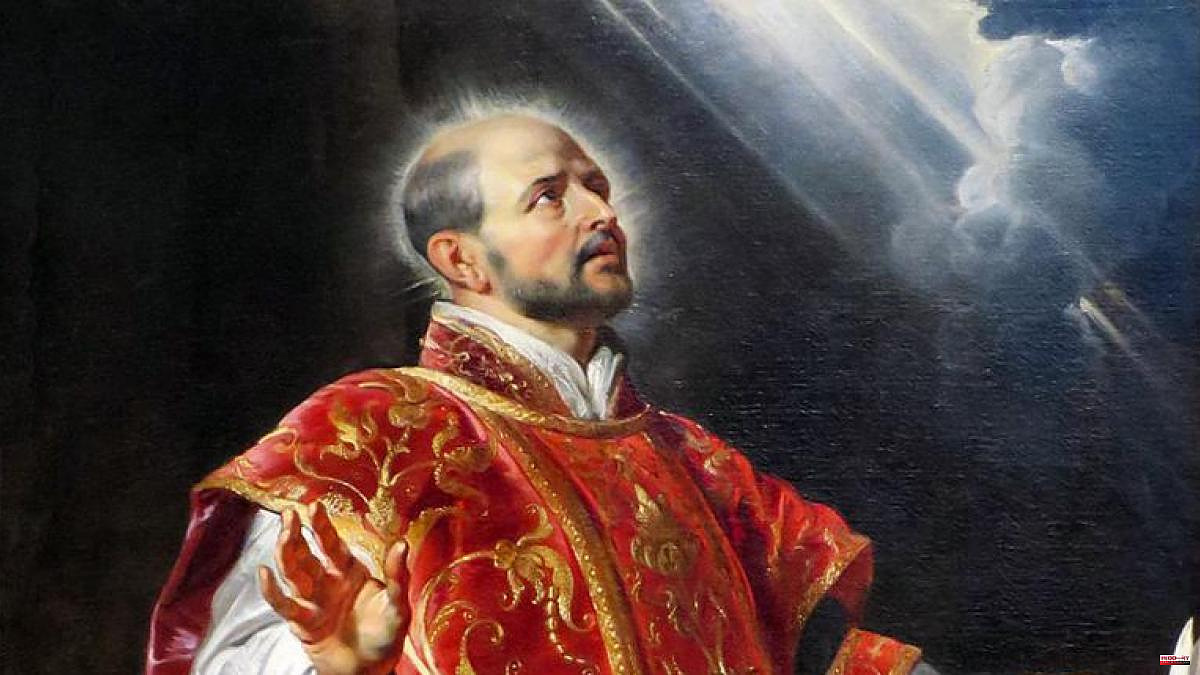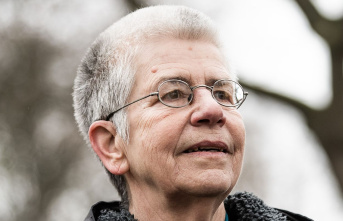The adventure of the operatic genre through the Amazon jungle does not begin with Fitzcarraldo's petty-bourgeois whim that Werner Herzog filmed with such courage. In the baroque period, the evangelizing missions already produced a quantity of sacred music that in some cases included the imprint of the Guaraní indigenous people. It could even have been performed by the natives who were organized into choirs or taught to play instruments of the European tradition.
This music includes, among others, the opera entitled San Ignacio de Loyola, written for the greater glory of the founder of the Society of Jesus. His scores were lost for almost three centuries, until at the beginning of the nineties of the last century a couple of copies were discovered that had miraculously escaped the humidity, insects and pillage that they had been able to with other musical pages in Chiquitos y Moxos. Currently they are kept in the archives of the old Jesuit Missions of America.
Paris then hosted the European premiere of this title composed by the Jesuit Domenico Zipoli during his stay in the missions of Córdoba (Argentina), between 1717 and 1726. With the collaboration of the Swiss Martin Schmid, the Italian musician, who was a key player in the musical configuration of the aforementioned South American missions during the 18th century, worked on a libretto by a Spanish missionary with an unknown name who, in the middle of the Bolivian jungle, commented on the life of Ignacio de Loyola.
The educational text speaks of the founder of the Society of Jesus to whom Pope Paul III entrusted the evangelization of the New World in the mid-Cinquecento. And it especially collects the internal struggle he had to keep his faith and his sorrow for separating from his friend Francisco Javier, whom he had met at the University in Paris.
The Canarian group Las Hespérides premiered this Amazonian baroque jewel in Spain. It was in the islands a couple of years ago. Now he brings it to Barcelona within the framework of the Espurnes Barroques, the festival that combines music and gastronomy and that extends through Catalonia in the so-called Territori Barroc, that is, the triangle formed by the Santuari del Miracle, Cervera and Manresa.
In its fifth edition, the event arrives in the Catalan capital. The reason is powerful: the opera will be performed on Sunday (5:30 p.m. in concert version) in the Jesuit Church of Casp, before the sword that Iñigo Yánez left as an offering in the Montserrat monastery when he decided to dedicate his life to God and found The Society of Jesus. The object was solemnly handed over to the Jesuits in 1907.
At the festival you can also hear, for the first time since the 18th century, the Sonatas op. 4 by Luigi Taglietti, recently recovered. It will be in the church of Sant Serni de la Pedra (Saturday, 11:30 a.m.) with an international trio of harpsichord, violin and cello. In the afternoon, the festival proposes an immersive show in Pinell del Solsonès, with the tenor Roger Padullés, the maestro Dani Espasa and the actress Clara Altarriba recalling the fatal eye intervention that the surgeon (and charlatan) John Taylor performed on Händel leaving him in the sky. At the end, a wine tasting from Masia Tonicoll and a tapa from Restaurant El Cigronet.
4












